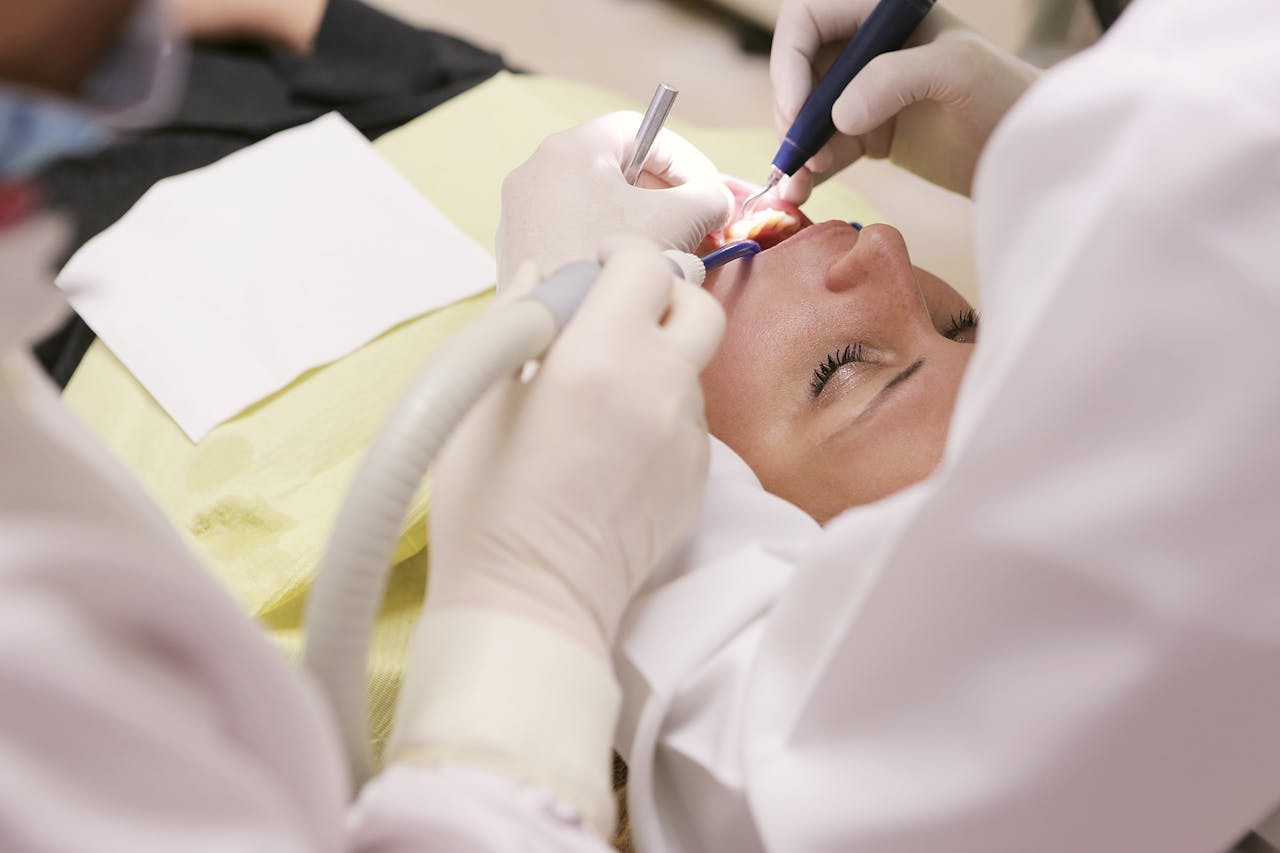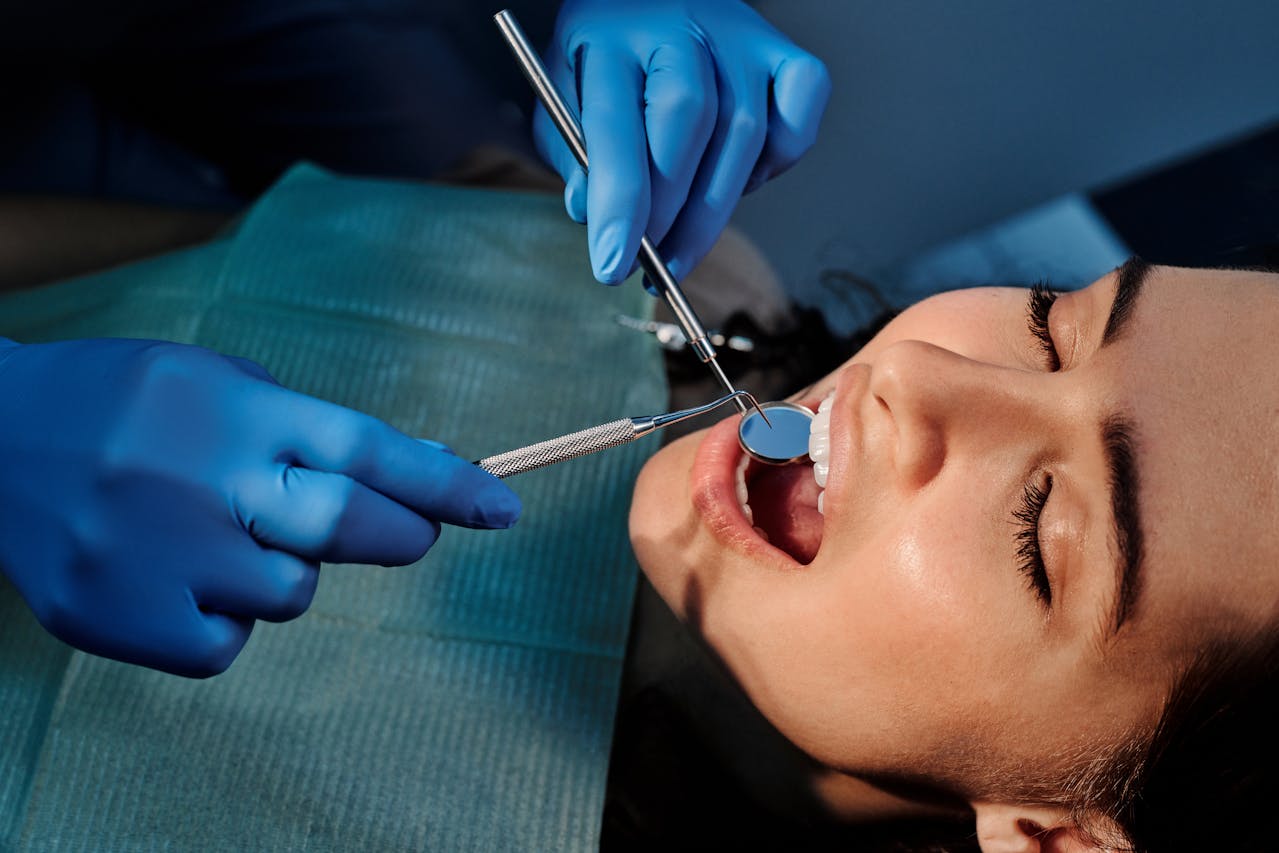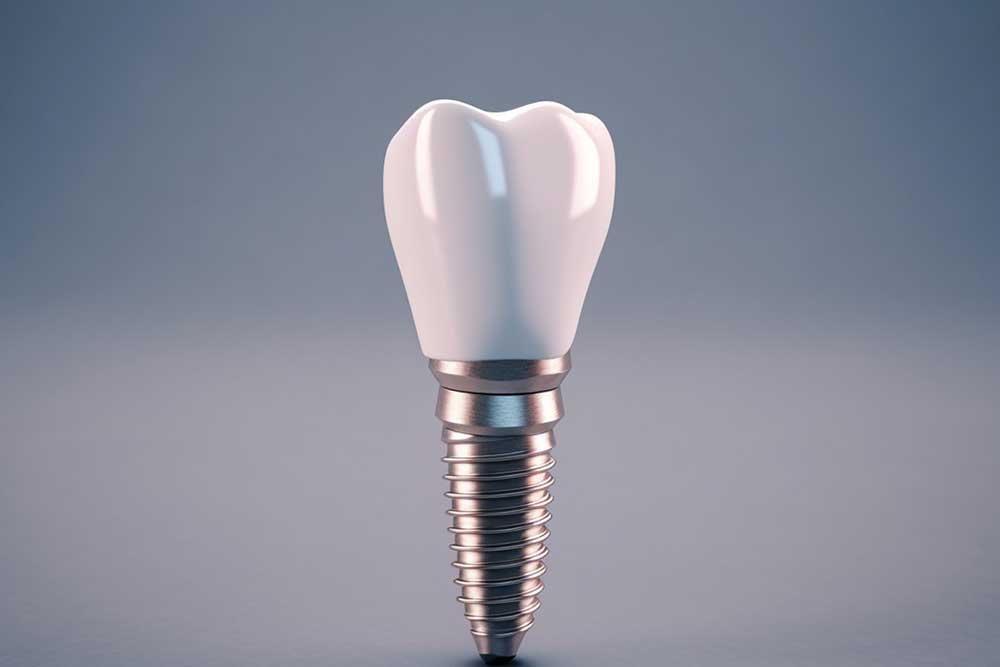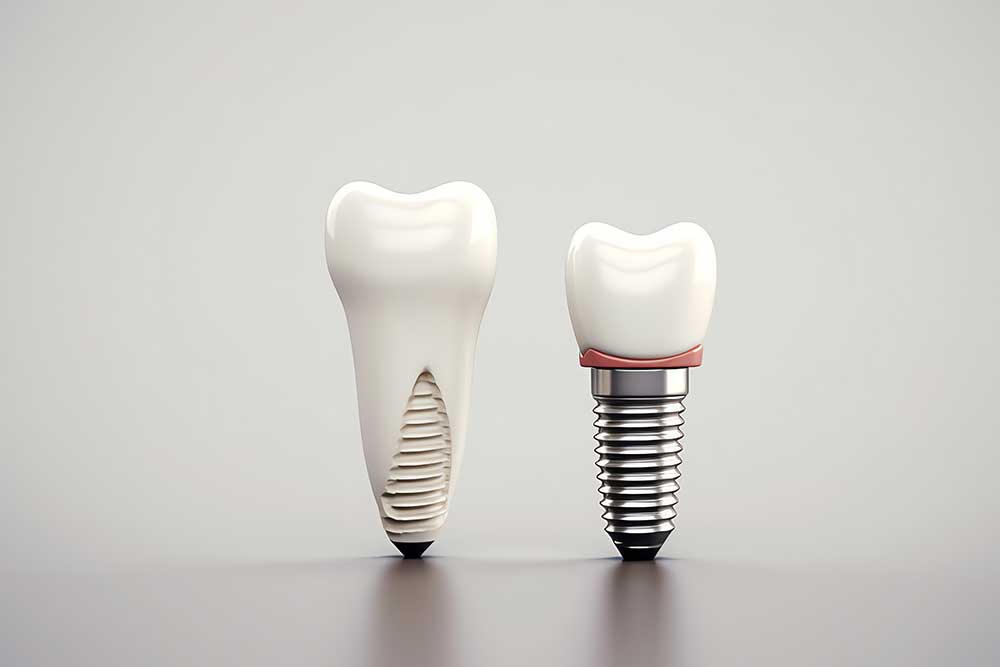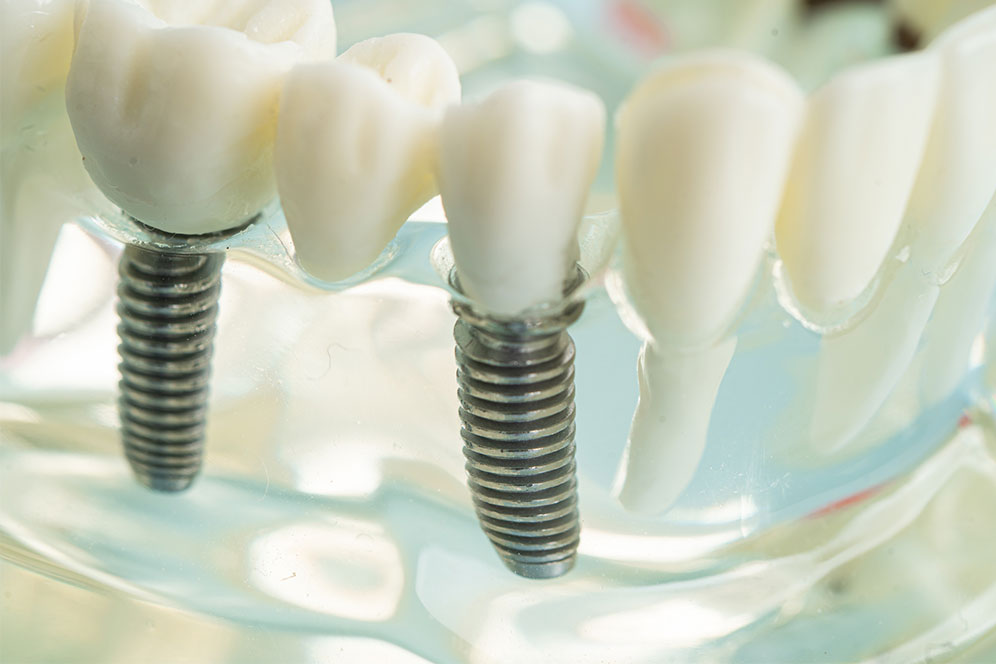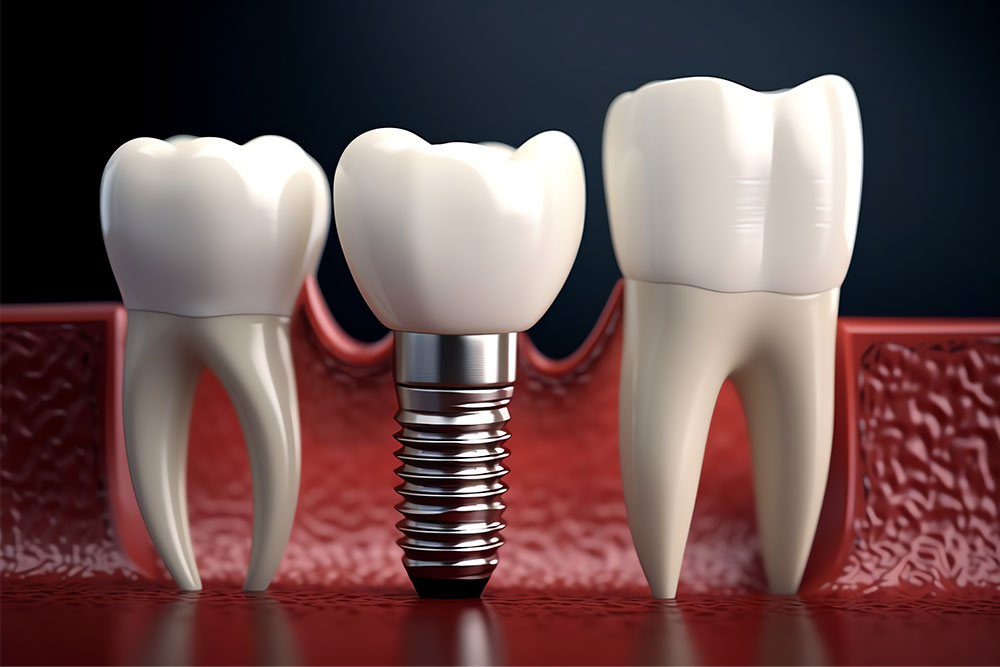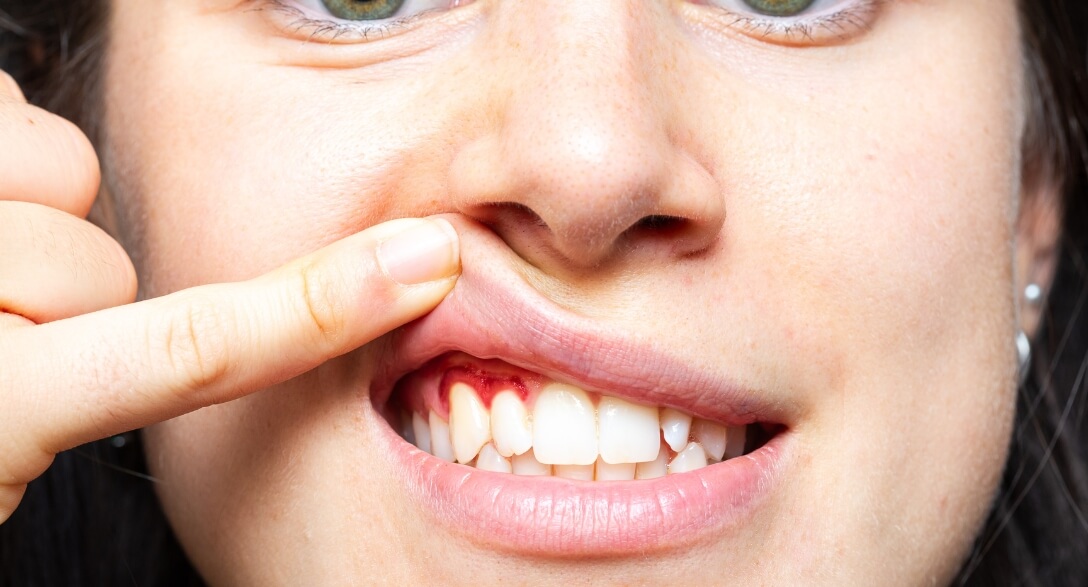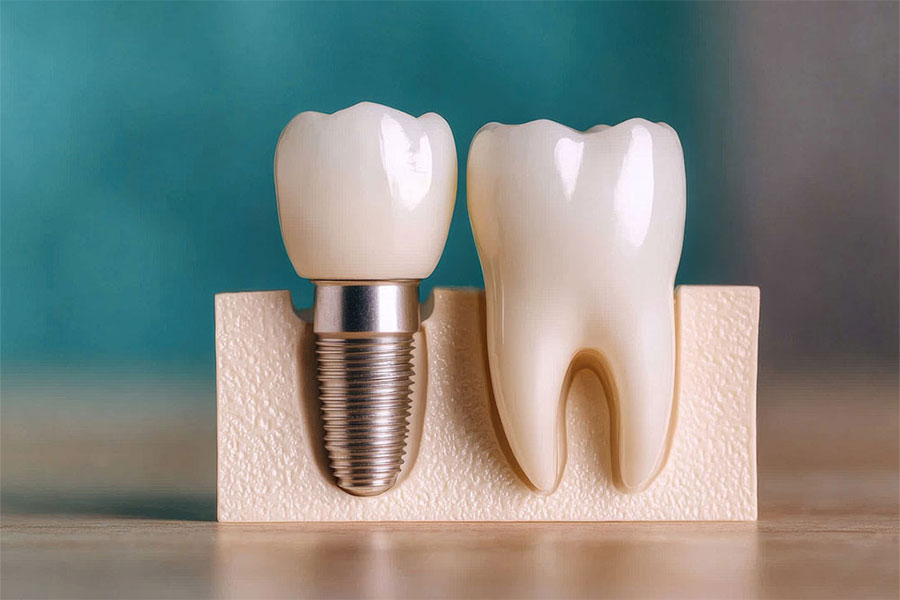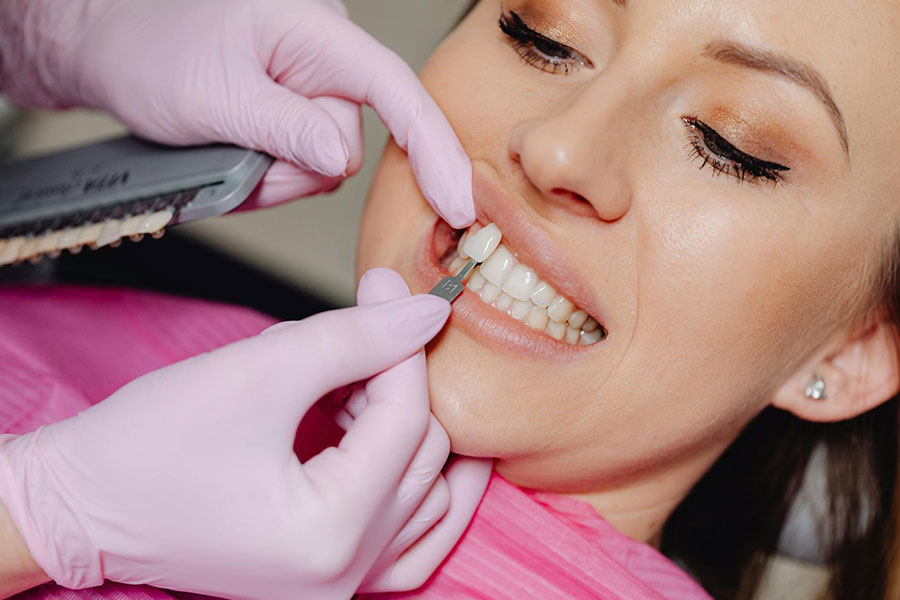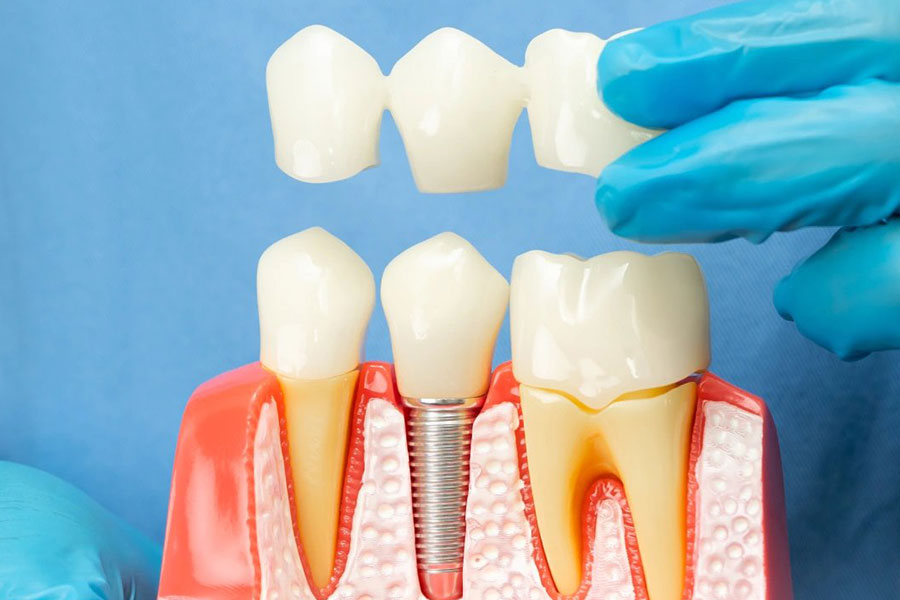Let’s be honest: when you’ve lost a tooth, the very first question that pops into your head right after “How will I eat?” is probably, “How much is it going to cost me?” It’s a significant health decision, but it’s inevitably a financial one as well.
You see the upfront cost of dental implants, which is noticeably higher than the cost of dentures. Dentures often appear to be the budget-friendly choice. But, what if that “bargain” actually hides a long-term trap?
You need to think in years, not weeks, to see the true value of your investment. Over the years, the cheapest option can end up costing more.
The Initial Outlay: Breaking Down the Numbers
Let us look at the raw data. Transparency is vital in dentistry, and understanding exactly what you are paying for helps clear the fog around pricing.
For high-quality treatments, costs are influenced by the materials and the clinical expertise required to deliver it.
Here is the breakdown for a single tooth replacement:
- Implant Fixture: $1500
- Implant Crown: $1350
- Full Dental Implant (Total): $2850
This total of $2850 represents a complete, functional tooth replacement. When patients search for teeth implants cost Melbourne, this is the figure that often causes hesitation. By comparison, a partial denture might cost significantly less upfront, perhaps half the price depending on the materials used.
If the analysis stopped here, the denture would win the cost-effectiveness battle. But the initial transaction is only the entry fee.

The Hidden Variable: Maintenance and Attrition
Dentures are not set-and-forget devices. They are prosthetics that sit on top of the gum tissue, and because the mouth is a dynamic environment, the fit changes over time.
When you lose a tooth, the jawbone in that area begins to recede because it lacks the stimulation of a tooth root. As the bone shrinks, the gum shape alters. A denture that fitted perfectly in 2025 will likely to be replaced by 2030. This means you have to pay a fee every five years. In fact, Australian sources suggest that full dentures are not permanent and they should be replaced after several years, as the gums change with age.
Also, acrylic dentures can wear down with time. They can crack if dropped or wear down from chewing forces. Most dental professionals estimate that a standard denture needs to be replaced every 5 to 7 years.
There are also daily running costs. Adhesives, specialised cleaning solutions, and soaking tablets are small weekly expenses that accumulate. Over ten years, a denture wearer might spend hundreds, if not thousands, of dollars just on products to keep the prosthetic functional and secure.
The 10-Year Trajectory
When you compare costs side by side over a decade, the financial landscape shifts.
A successfully integrated Dental implants Melbourne is designed to be a permanent fixture. The biology behind this is fascinating; the titanium post essentially tricks the body into accepting it as part of the skeleton. As detailed in our article on the science behind dental implants and how titanium bonds with your jawbone, this process prevents the bone loss that plagues denture wearers.
Because the implant fuses with the bone, it does not require relining or adhesives. The maintenance for an implant is virtually identical to that of a natural tooth: brushing, flossing, and regular professional cleans.
Here is a projected look at the 10-year outlook:
| Cost Factor | Dental Implant | Partial Denture |
| Initial Cost | $2850 | ~$900 – $1500 |
| Relining (every 2-3 years) | $0 | ~$300 per reline |
| Adhesives/Cleaners | $0 | ~$150 per year |
| Replacement (Year 7) | $0 | ~$900 – $1500 |
| Est. 10-Year Total | $2850 | $3000 – $4500+ |
While the dental implants near me prices remain fixed at the initial outlay (barring any unforeseen complications), the denture acts as a subscription service with rising premiums. When you’re comparing the price, it is wise to factor in these “subscription” costs of alternatives.
The Quality of Life “Tax”
Financials aside, there is a functional cost to consider. The “value” of a dental treatment is not only about the cost, but also the results it provides.
According to the ADA, about 1 in 5 adults aged 65 and over have complete tooth loss, which significantly impacts their nutrition and overall health. Dentures, even when well-made, generally restore only 20% to 30% of natural chewing capacity. This limitation forces dietary changes, often eliminating crunchy fruits, vegetables, and tough meats.
Implants restore near-natural chewing power. This capability allows you to eat a balanced diet without processing food in a blender or avoiding social meals due to embarrassment.
For those requiring full mouth dental implants Melbourne services, the difference in quality of life is stark. The stability provided by implants eliminates the social anxiety of a slipping prosthetic, a psychological benefit that is difficult to quantify on a balance sheet but invaluable in daily life.
Accessibility and Affordability
It is understandable that coming up with a lump sum is difficult. However, the dental industry has recognised this barrier. Many clinics now focus on making dental implants near me affordable through flexible payment plans. These arrangements allow patients to spread the cost over time, effectively managing the cash flow while securing the long-term health benefits of a permanent solution.
By financing the $2850, you are essentially locking in your cost. With dentures, you remain exposed to inflation on materials, lab fees for repairs, and the inevitable replacement costs down the road.

Making the Informed Decision
The decision between implants and dentures should always be based on clinical suitability first, followed by financial viability. If you are a suitable candidate, looking past the initial price is essential. The implant represents a front-loaded investment with a long shelf life while the denture has a lower entry cost with a lifetime of maintenance.
We’re not against dentures. We urge patients to understand both the treatment options, lifespan, maintenance, cost, and choose the one that improves the quality of life.
If you are looking for dental implants near me, we encourage you to ask for a comprehensive treatment plan that outlines not just today’s bill, but the expected maintenance for the years to come.
At Dental Implant Melbourne, we believe in transparent pricing and high-quality care. We can help you navigate the financial and clinical aspects of restoring your smile.
Would you like a personalised cost breakdown?
Book a Consultation Today to discuss your options and secure your long-term oral health.
Frequently Asked Questions
- Is the $2850 fee for dental implants all-inclusive?
Generally, the quoted figures (Fixture $1500 + Crown $1350) cover the standard components of the implant. However, every patient is unique. If you require extractions, bone grafting, or sinus lifts to prepare the jaw for the implant, these will attract separate fees. A consultation is necessary to provide a precise quote.
- Will my private health insurance cover dental implants?
In Australia, dental implants usually fall under “Major Dental” in extras cover. Policies vary wildly between providers. Some may cover a portion of the crown but not the surgical fixture, while others have annual limits that might only cover part of the total cost. It is advisable to obtain the item codes from your dentist and check directly with your insurer before proceeding.
- How long does the entire implant process take?
The timeline is dictated by biology. After the fixture ($1500 component) is placed, we typically wait 3 to 6 months for osseointegration, where the bone fuses to the titanium. Only once this bond is secure do we attach the crown ($1350 component). While “immediate load” implants exist for specific cases, the standard safe protocol requires patience to ensure the 10-year success discussed above.

